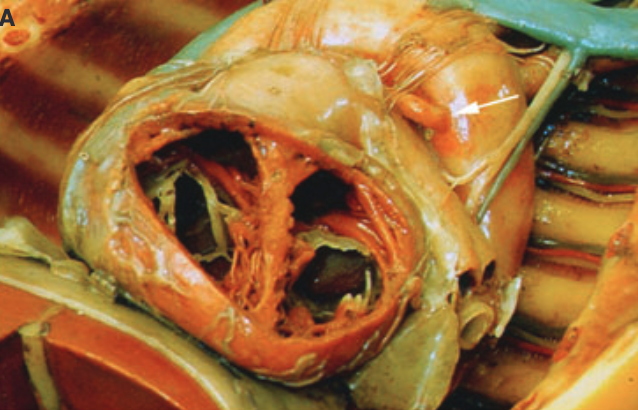A 200-year-old anatomical problem
Little Venus at La Specola. This image was taken by @reneedevoemertz
Venerina, also known as 'Little Venus,' embodies the mesmerizing artistry of Clemente Susini, an Italian sculptor who skillfully breathed life into the dead using wax. You can see his work at @museo.laspecola in Florence, Italy.
Crafted in 1782, this figure depicts a 4'9" teenage girl who was five months pregnant. Like all of Susini’s models, you can unpack the body organs to get a better understanding of human anatomy.
In this case, Susini was directly involved with her body during the sculpting process, which adds an intimate connection between the artist and his “subject”.
In 2010, Giovanni Mazzotti and his team studied Venerina and found that she likely succumbed to congenital heart disease.
Many of Susini's figures were modeled on dead people sourced from local hospitals, with adults from Santa Maria Novella and children from the Degli Innocenti orphanage.
A lot were needed to create the sculptures—around 100 to 200 body parts each year—and the modeling workshop was often in competition with medical men at the hospital for the dead.
According to Mazzotti and his team, the walls of the right and left ventricles remarkably have the same thickness. They are both about five mm thick but in a normal heart, the left ventricle wall is three times thicker than the right. (See below)
This heart image is from Mazzotti et al's paper.

